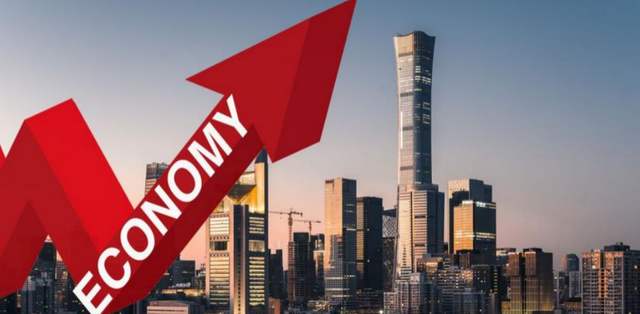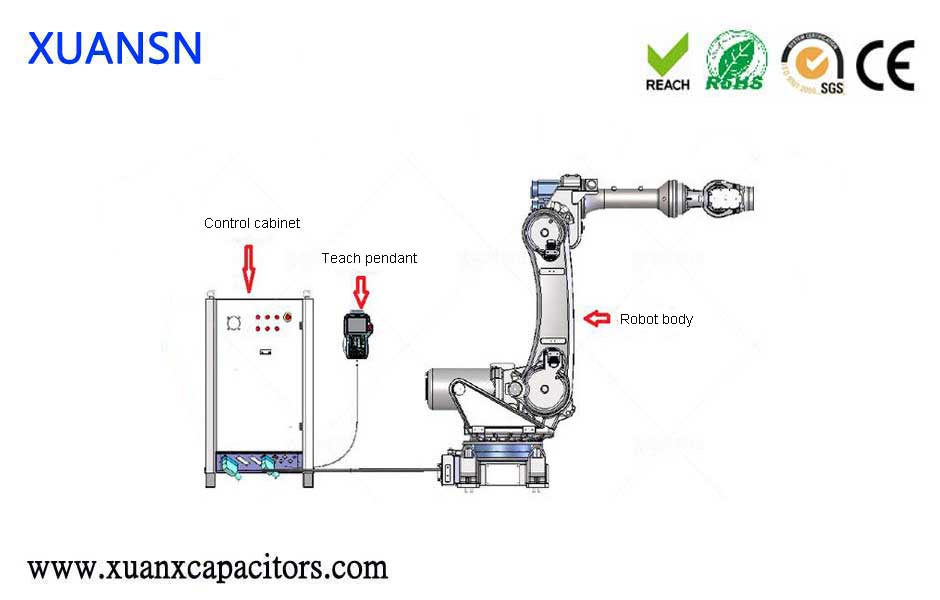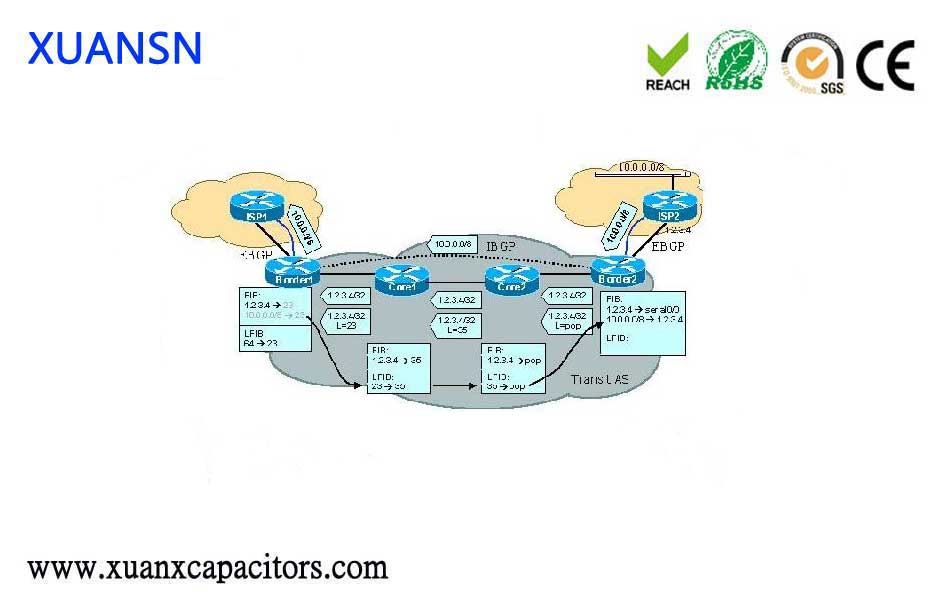According to foreign media, Asia is beginning to see signs of economic recovery with the help of China’s economic recovery. Less than a year after reporting the world’s first cases of new coronary pneumonia, China is entering a new phase of expansion.
According to a Reuters report from Beijing/Seoul on October 29, the current international community’s attention is focused on the upcoming U.S. election and the difficult efforts to prevent the spread of the new crown virus in the Americas and Europe. China has been quietly working in many key areas. Progress has been made.
According to the report, after the implementation of the world’s strictest blockade measures at the beginning of the epidemic, China is now the only major economy that the IMF predicts will achieve economic growth this year, with a growth rate of 1.9% expected.
Official data show that China’s economy grew by 4.9% year-on-year in the third quarter, while it grew by 3.2% in the second quarter. At the beginning of the year when the epidemic in China was the worst and the lockdown measures were implemented, the economy contracted by 6.8%.
Elliott Clark, senior economist at Westpac Australia, said: “The basic details show that the new phase of expansion that China is entering will be strong and resilient.”
He said: “In 2020, the world economy will shrink by 4%, while China’s economy will grow by about 2%. By 2021, the world economy will grow by about 6%, and China’s growth of nearly 10% will play a key supporting role. rate.”
The report pointed out that for China’s neighbors, China’s economic growth is pushing up demand for exports from these countries and supporting their domestic economic activities.
 Analysts from the Commonwealth Bank of Australia said: “Among the major commodity consuming countries, China is still the only country whose industrial production is higher than the level before the epidemic.”
Analysts from the Commonwealth Bank of Australia said: “Among the major commodity consuming countries, China is still the only country whose industrial production is higher than the level before the epidemic.”
China’s imports in September increased by 13.2% year-on-year, of which semiconductor imports increased by 28%, which is particularly beneficial to economies such as South Korea.
According to the report, the direct impact of this on South Korea has become apparent. Data released on the 27th showed that South Korea’s economic growth rate in the third quarter reached the fastest rate in 10 years, with a seasonally adjusted 1.9%, compared with a 3.2% contraction in the previous quarter. Exports surged by 15.6% in the third quarter, the largest increase since 1986, basically reversing the 16.1% contraction in the second quarter.
The early recovery of the Chinese economy also gave Japan a sigh of relief, because China is the destination of more than 22% of Japan’s exports, while only 19% of Japan’s products are exported to the United States.
According to reports, from this year to September, Japan’s exports to China have soared by 14%, the largest increase in more than two years, driven by strong demand for non-ferrous metals, chip manufacturing equipment and automobiles.
This makes the Bank of Japan feel somewhat optimistic about the domestic economic outlook. Industry feedback shows that China’s demand is increasing.
In its quarterly report, the Bank of Japan quoted a transportation machinery manufacturer in Nagoya as saying: “After the restart of economic activity, China’s car sales have increased year-on-year. We have seen an increase in auto parts exports to China.”
The report pointed out that the recovery of China’s economic growth has expanded to many areas such as manufacturing, construction, investment and domestic demand.
Although the mining giant Rio Tinto Mining Group pointed out that global economic activity was strong in the third quarter, it also warned that a series of data showed that “the economic recovery of most economies is slowing down, pent-up demand is disappearing, and the blockade is again implemented. Increasing situation threatens economic recovery.”
In addition, if the Sino-US trade war or other geopolitical tensions escalate after the US election, it will also bring risks to the hopes of sustained economic recovery in Asia.




